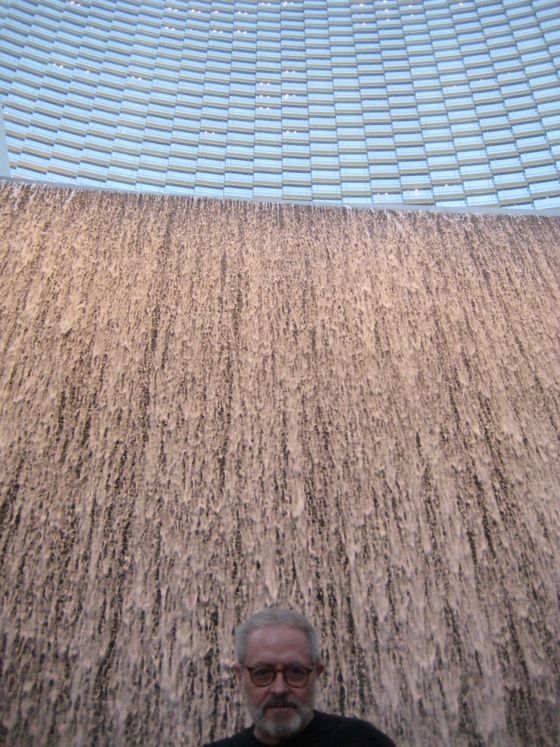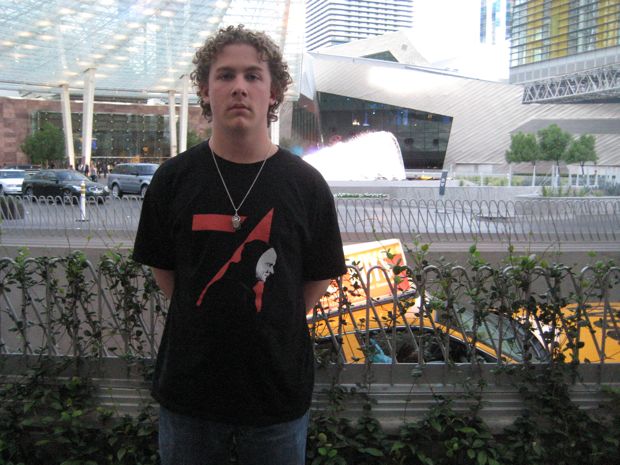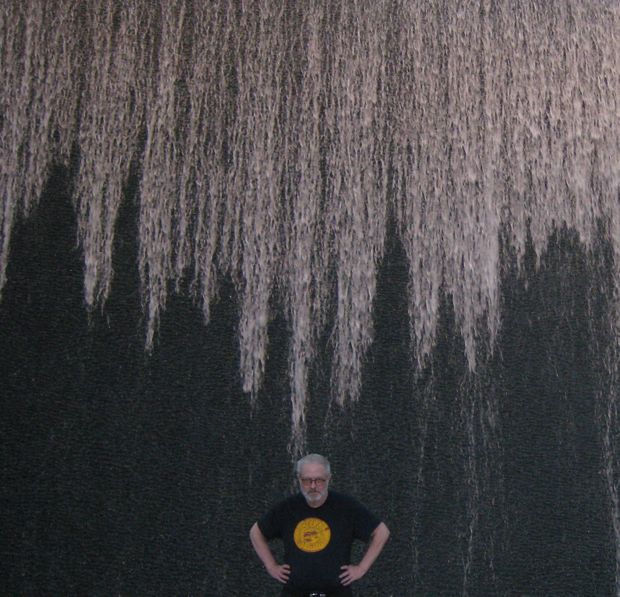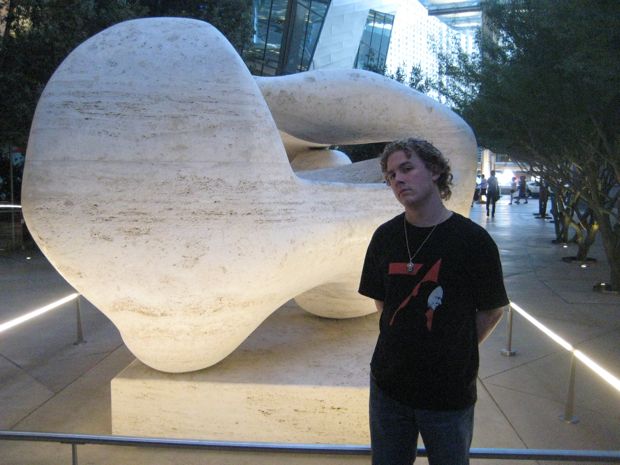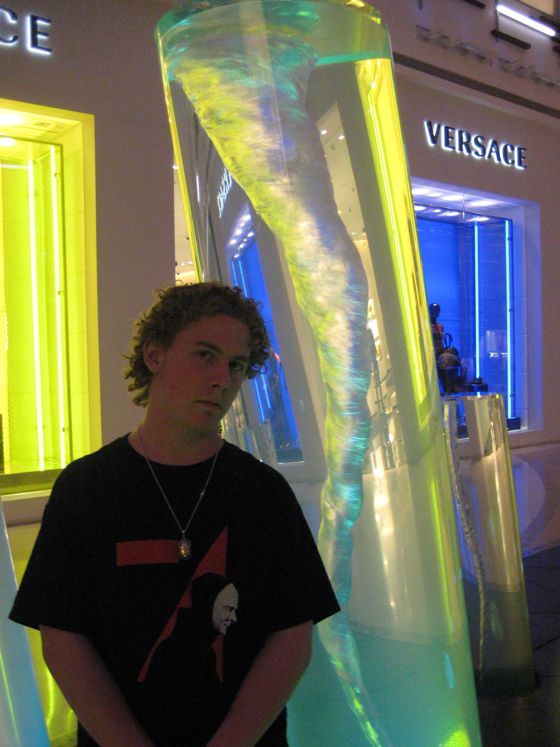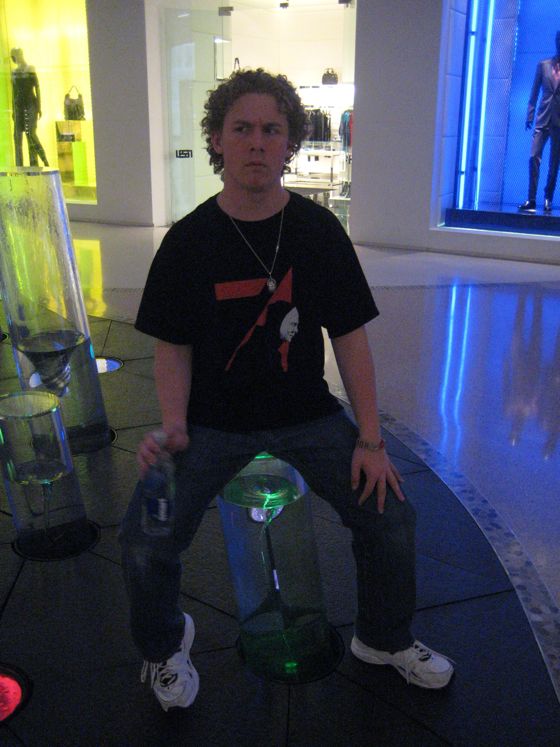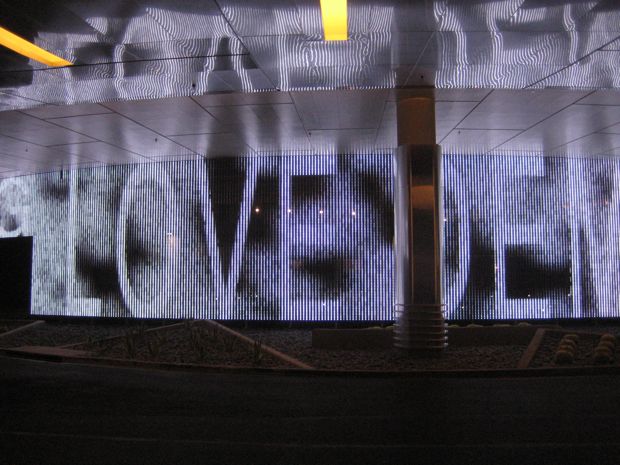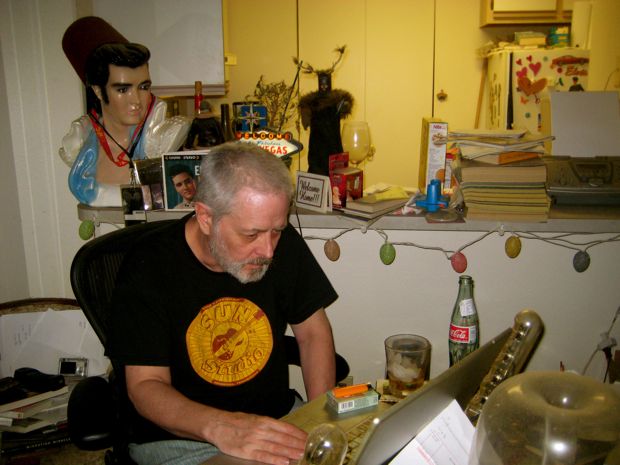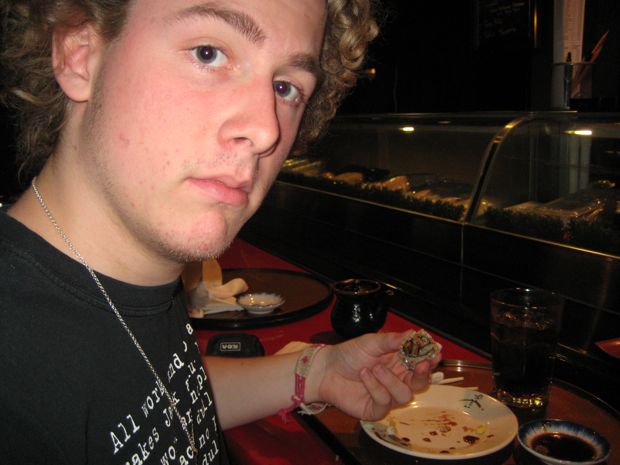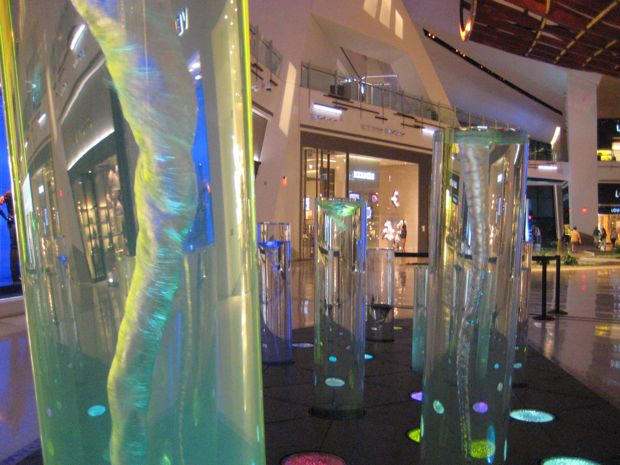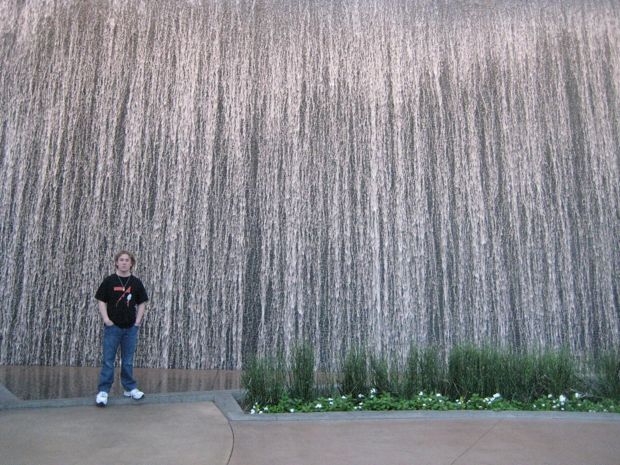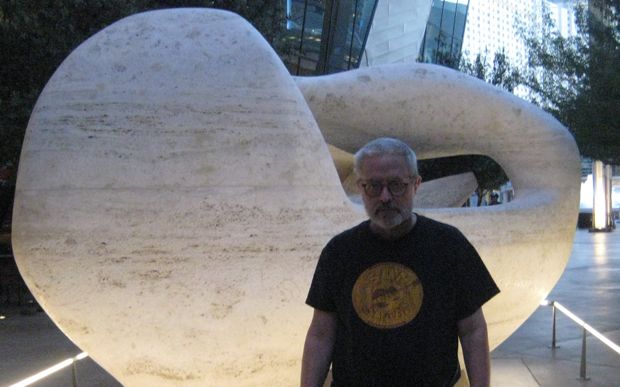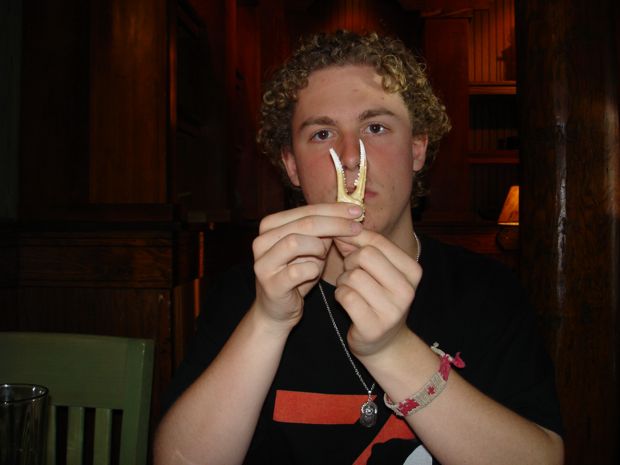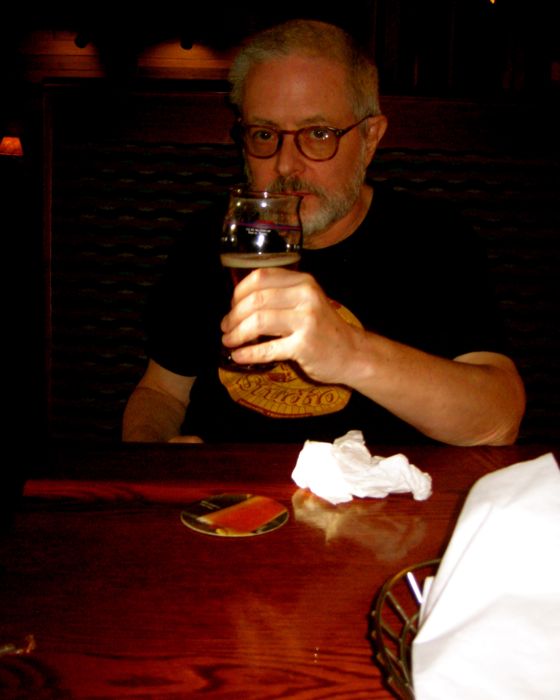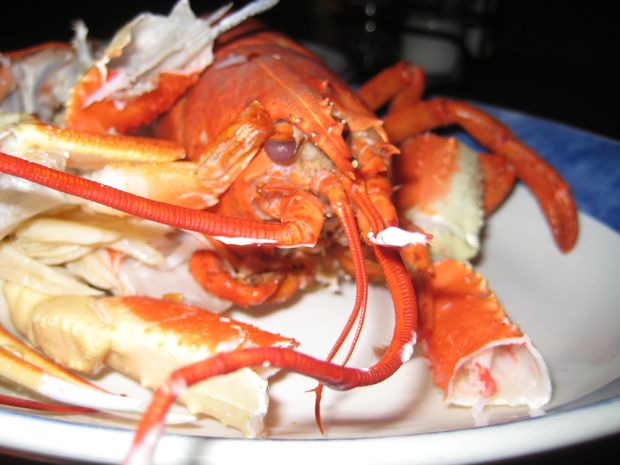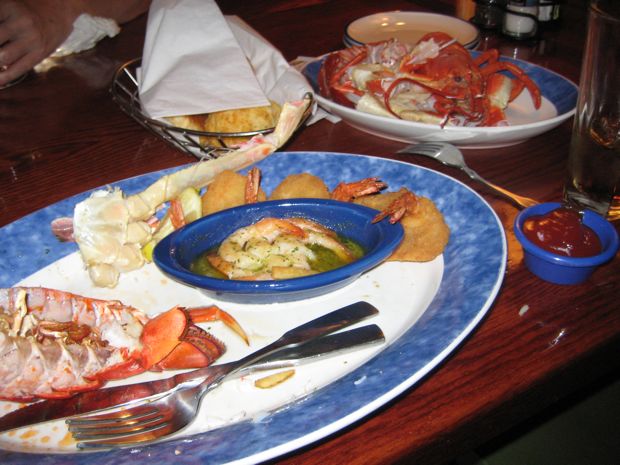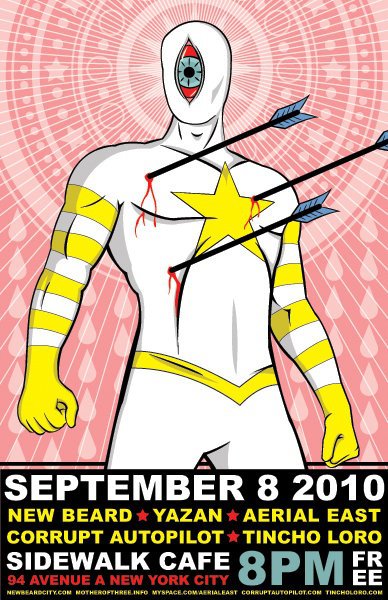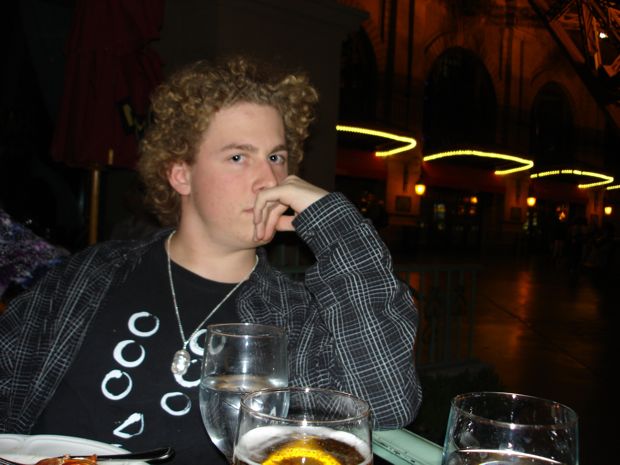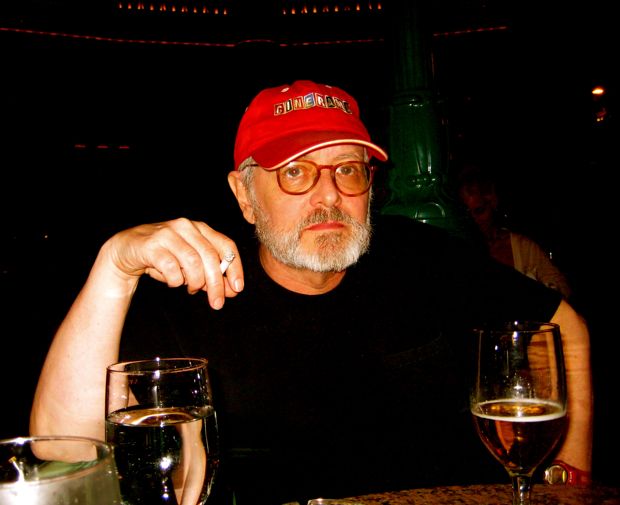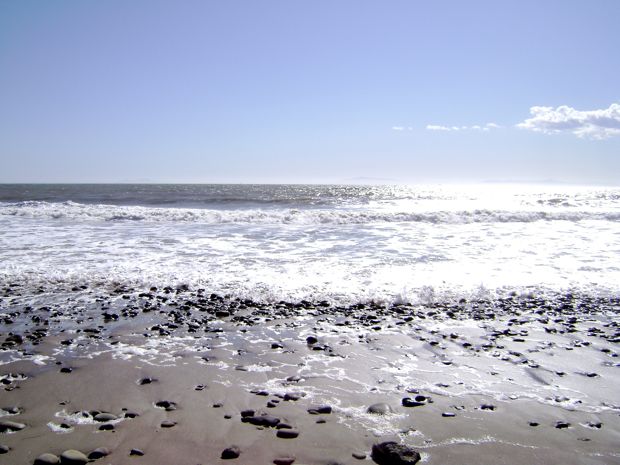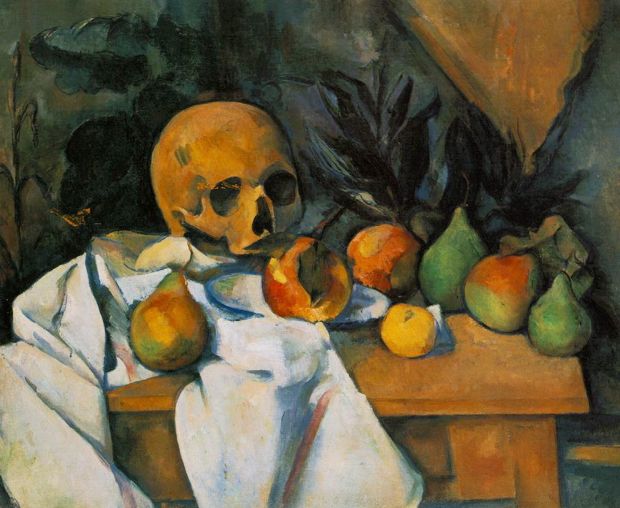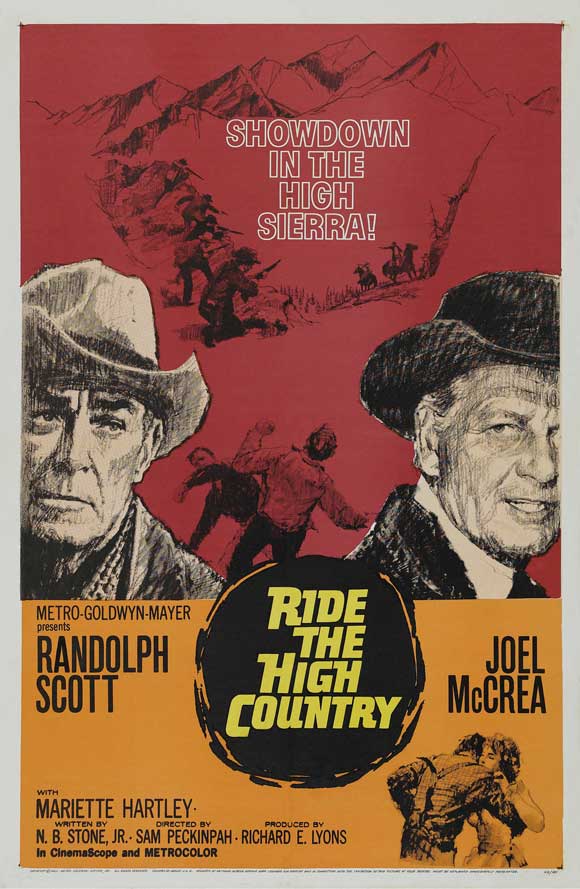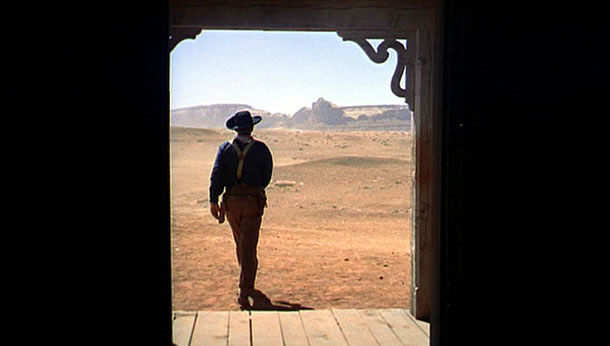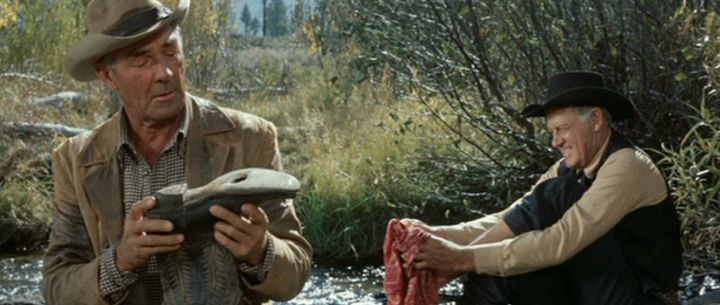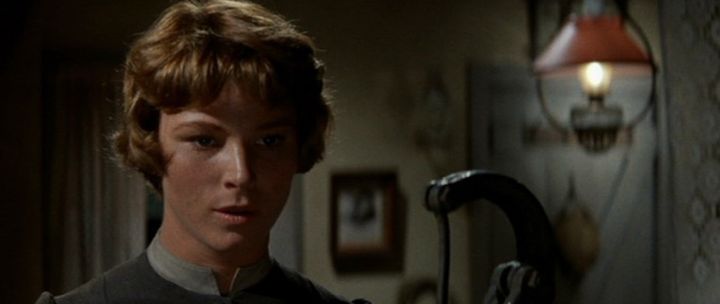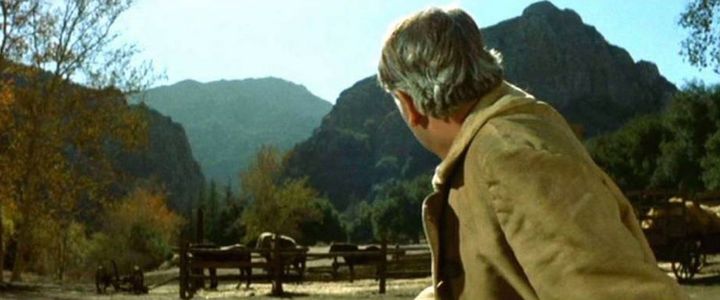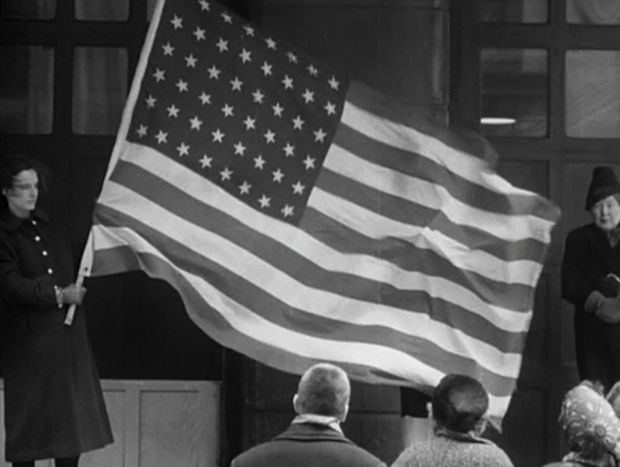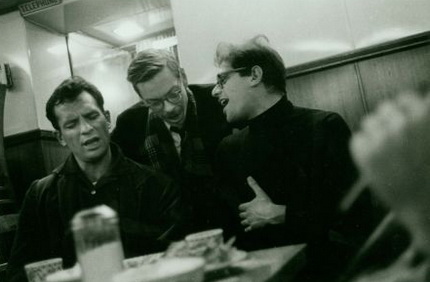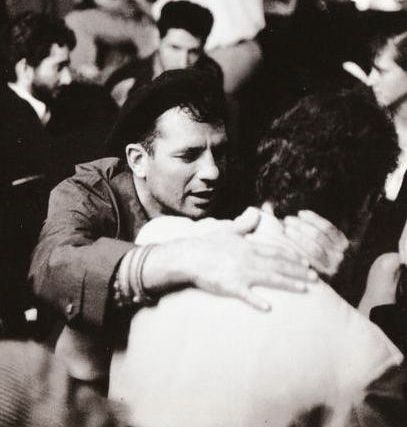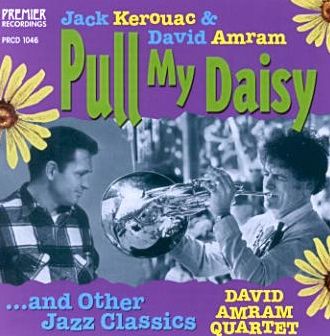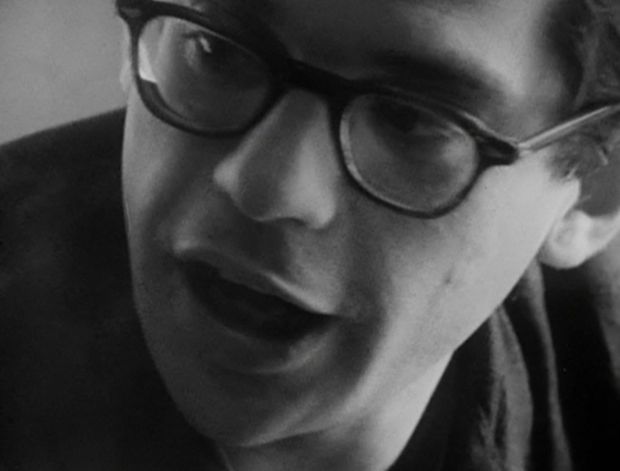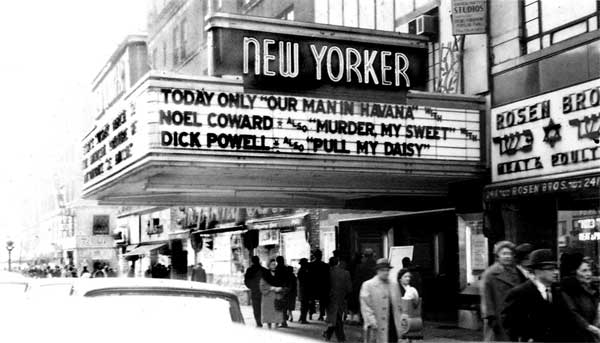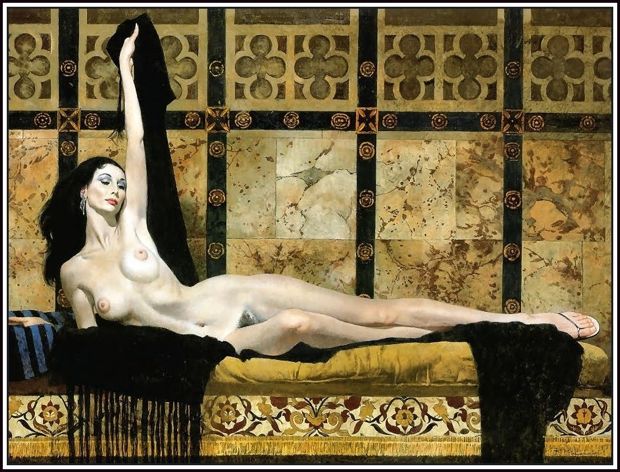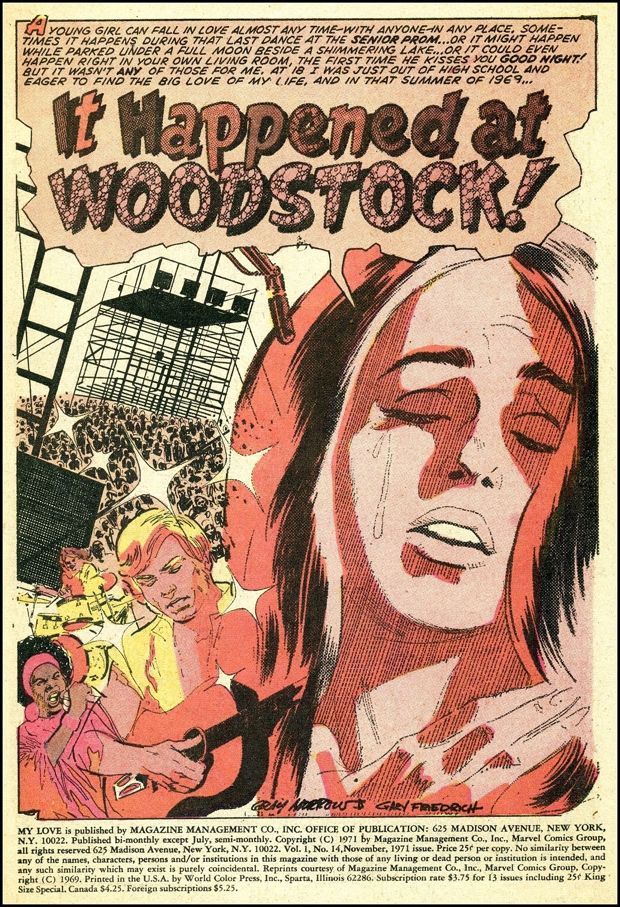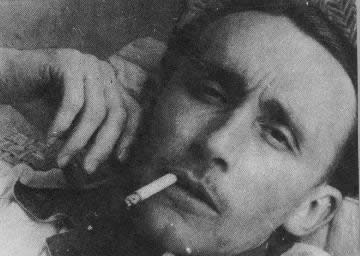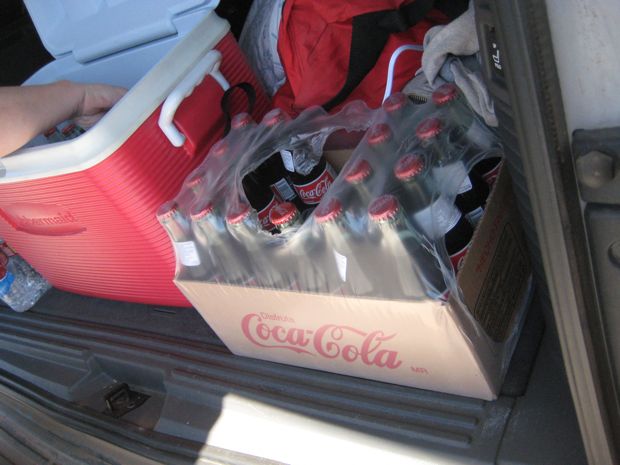
On Wednesday my nephew Harry and I headed off to Lone Pine, California, where hundreds of Westerns and other films have been shot over the years. Of course we took on board a goodly supply of Mexican Cokes, Mexican Cokes being the key to any successful road trip.
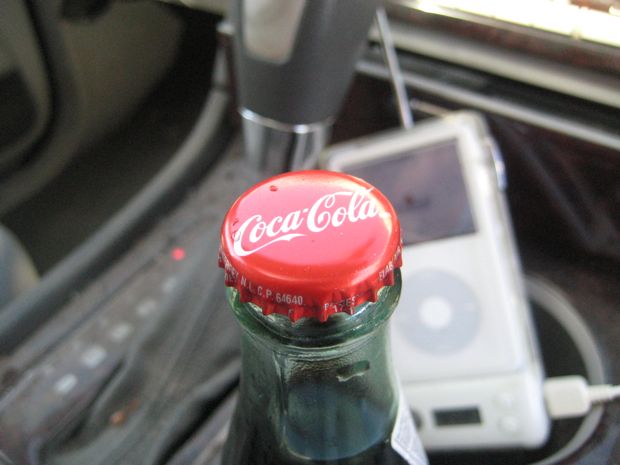
We also carried an iPod fully loaded with cowboy songs and Western movie soundtracks.
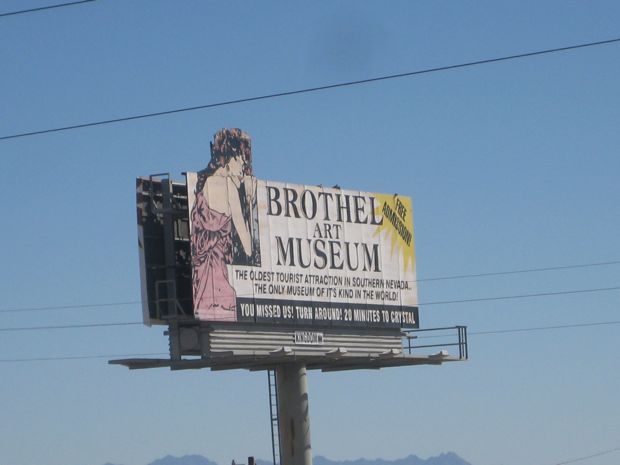
We chose a route to Lone Pine that would take us through Death Valley, which Harry had never visited. This entailed passing through Pahrump, in Nye County, Nevada, where prostitution is legal, and where Harry snapped a picture of the sign above, advertising one of the Silver State's odder attractions. The museum is attached to an actual working brothel, and is basically just a large barroom with pictures of whores and newspaper clippings about whores on the walls. It's well worth a visit, but we had no time for it on this journey.
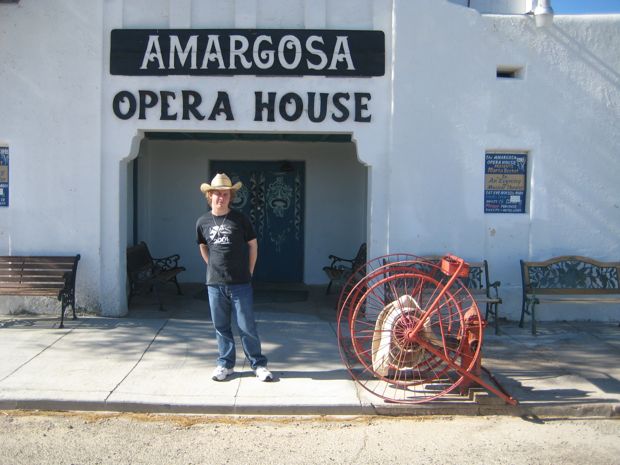
At the edge of the valley we stopped to take photos of the Amargosa Opera House, where an eccentric old woman puts on shows in an auditorium, every flat surface of whose interior she has painted herself with wild designs and figures. We had no time for this bizarre phenomenon, either, and proceeded into the park.
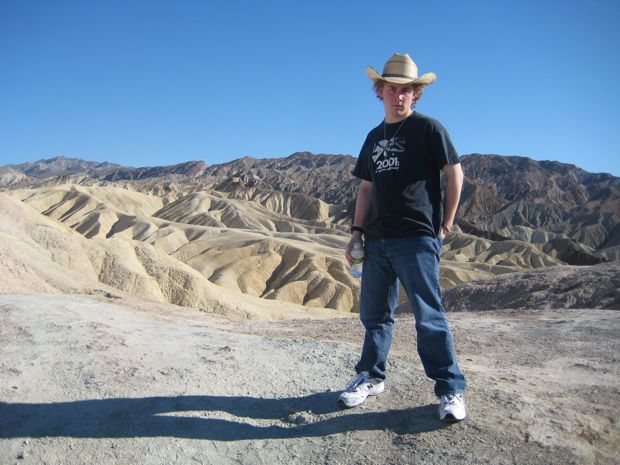
We stopped at Zabriskie Point to take in the bizarre topography (above), then headed to Badwater Basin, the lowest point of land in the Western Hemisphere.
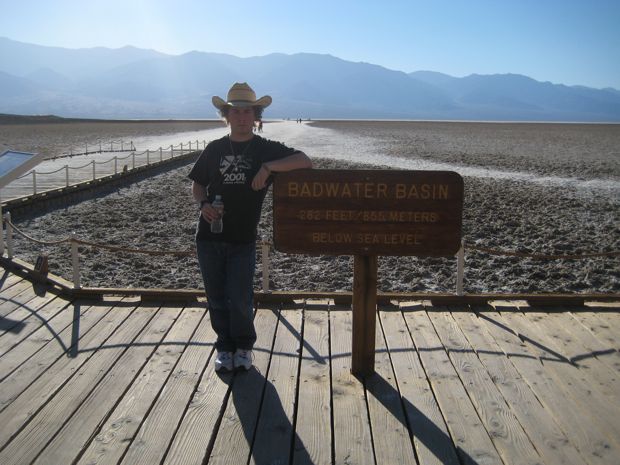
Harry walked far out onto the salt flat there, past the other tourists, and said that the silence was really spooky, with not even a breath of wind disturbing it.
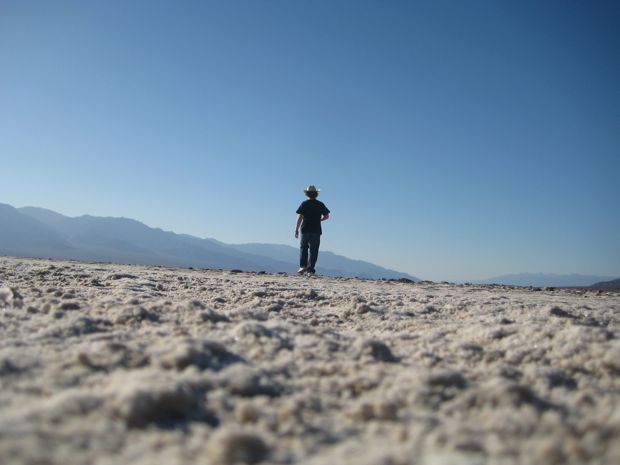
We continued west and stopped at the Mesquite Dunes, a ridge of sand dunes rising up improbably from the desert floor. We arrived just at sunset, when the light was exceptionally beautiful.
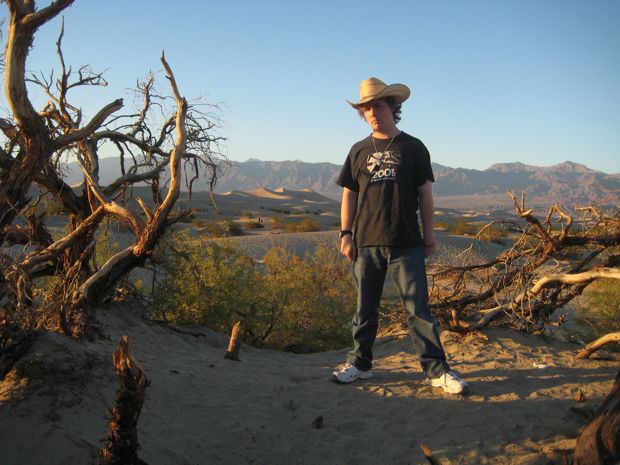
Then on through the night to Lone Pine and the Timberline Motel, run by a family of subcontinental Indians and a bit the worse for wear, but clean, with free wi-fi. It is one of the only motels in Lone Pine which welcomes smokers, who must be resigned these days to the shabbiest motels in any given locale when seeking roadside accommodation.
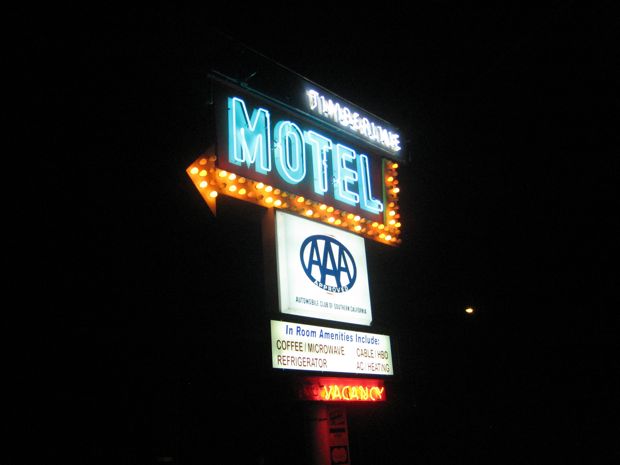
I was thus happy to give the Timberline my business, which seemed to be much appreciated, and happy to behold the “Vacancy” signs on the higher-class smoke-free motels in town, and to think how much they must be suffering in the current economy. I do not wish them well.
Harry had a decent steak and I had a hideous shrimp dish at a Chinese-American restaurant on the main street of town, then we hit the hay to rest up for our visit to the fabled Alabama Hills the next day — sacred territory once walked and ridden through by Randolph Scott and Budd Boetticher.

